Bridal Veil Styles, Lengths, and Placements: Everything You Need to Know
- Nea Milano

- Apr 28
- 4 min read
Updated: Jul 7
Let's be real—no bridal accessory shouts "I'm the bride" like the veil. It's iconic, romantic, and can completely transform your look. But with so many styles, lengths, and ways to wear it, finding the right one can be a bit puzzling. Needless to say, the quality is non-negotiable. Nothing ruins the magic faster than a veil that feels like an afterthought. A well-made veil melds into your overall look—it moves with you, photographs beautifully, and adds that soft, floaty magic we all love. Once quality is established, what else should you consider? We're unveiling (see what we did there?) everything you need to know—from timeless styles to dramatic lengths, and all the clever placement tips that make your veil look effortlessly perfect. Let's veil like we mean it.
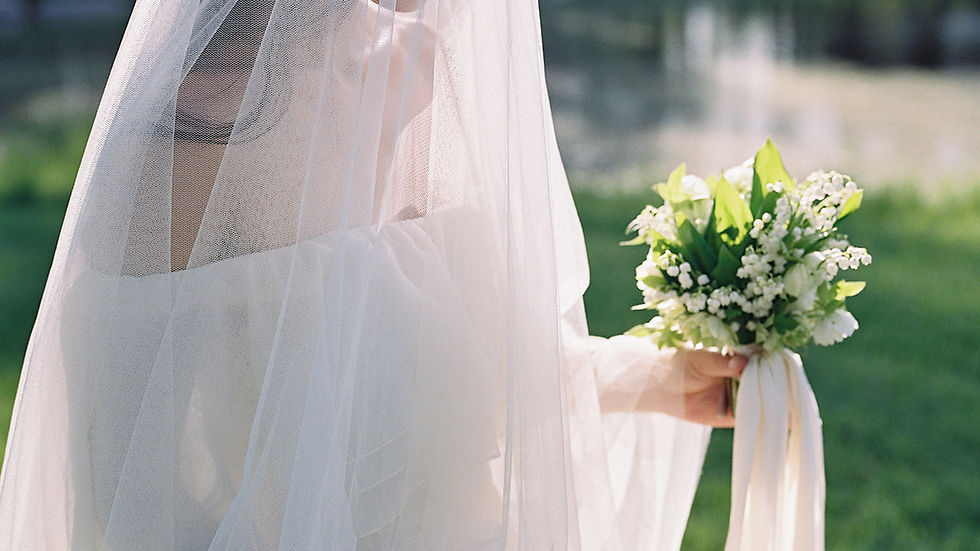
The Importance of Choosing Bridal Veil Style
One of the most essential aspects to consider is the bridal veil style. Once you say "yes" to the dress, you set the tone for your entire look. We advise you to consider your hairstyle before choosing your veil, as this automatically helps with the placement.
Popular Bridal Veil Styles
Romantic Veil
Picture soft, floaty fabrics, textured tulle, and lace trims. Romantic veils often feature face-framing blushers and heavy embroidery or floral appliques. They look stunning with traditional gowns, vintage silhouettes, or anything with a voluminous skirt. This style is ideal for a bride who has been dreaming about her wedding day forever.
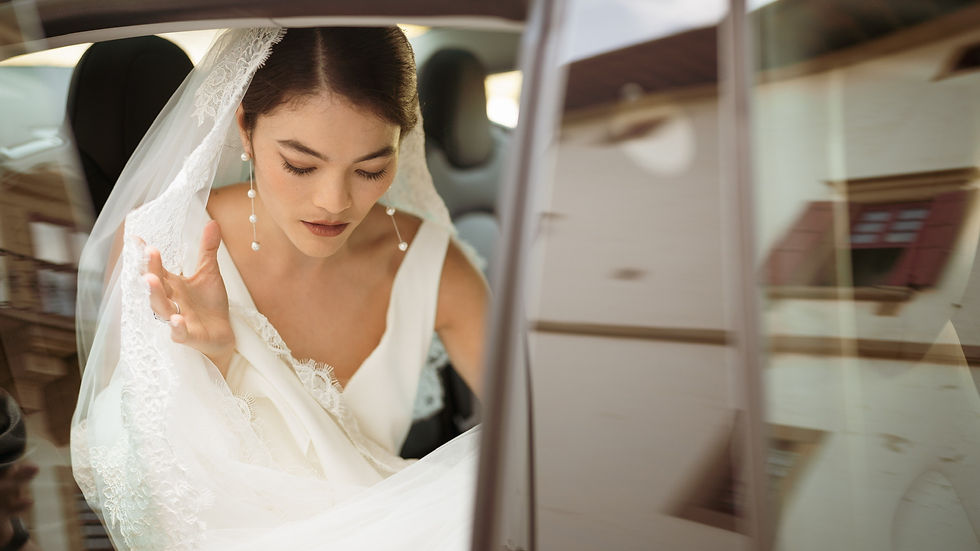
Minimal Veil
Minimal veils boast clean lines and timeless simplicity, allowing your dress to shine. Think sleek one- or two-tier tulle with raw edges and few embellishments. These veils pair best with contemporary gowns or structured dresses. They are perfect for brides who want that classic bridal moment without the frills.
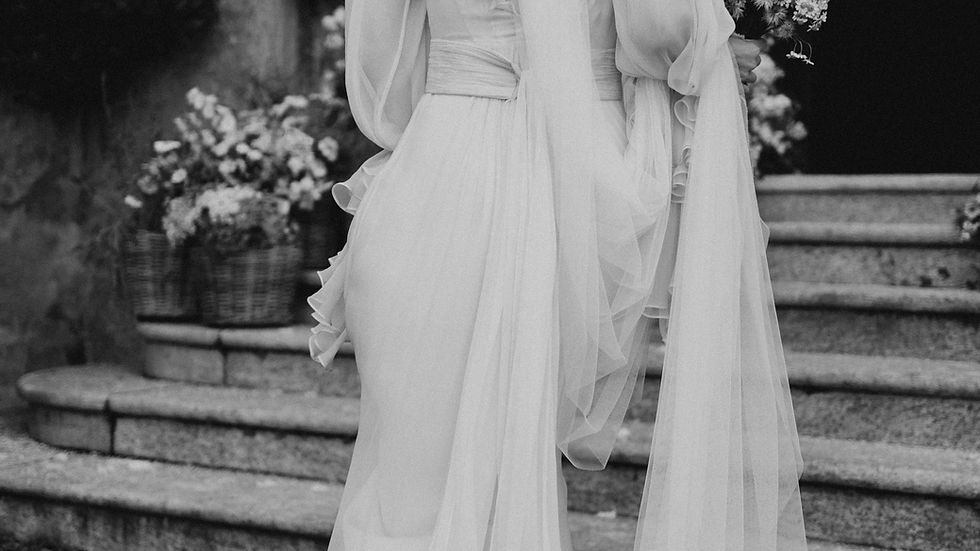
Dramatic Veil
Dramatic veils are full-length with bold details that capture attention. Think oversized fringes or ruffles, flowers, and statement embroidery. Accordion veils with structured pleats can also create a striking look. Choose this bridal veil style for a "wow" moment that won't be forgotten.
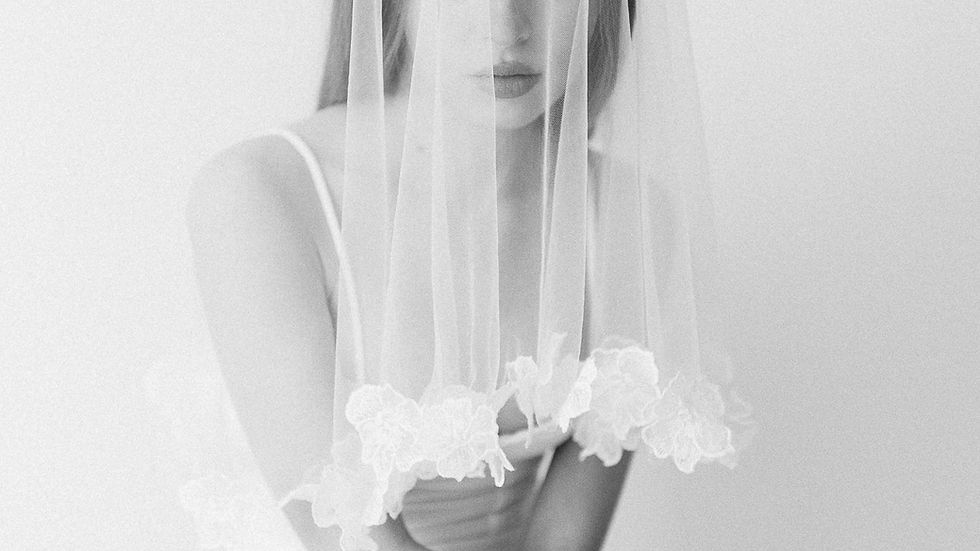
Vintage Veil
Vintage-style veils exude charm and timeless elegance. They often feature hyper-textured tulle, birdcage styles, and delicate lace edging. These pieces are perfect for brides channeling Old Hollywood glamour or a 1920s vibe.
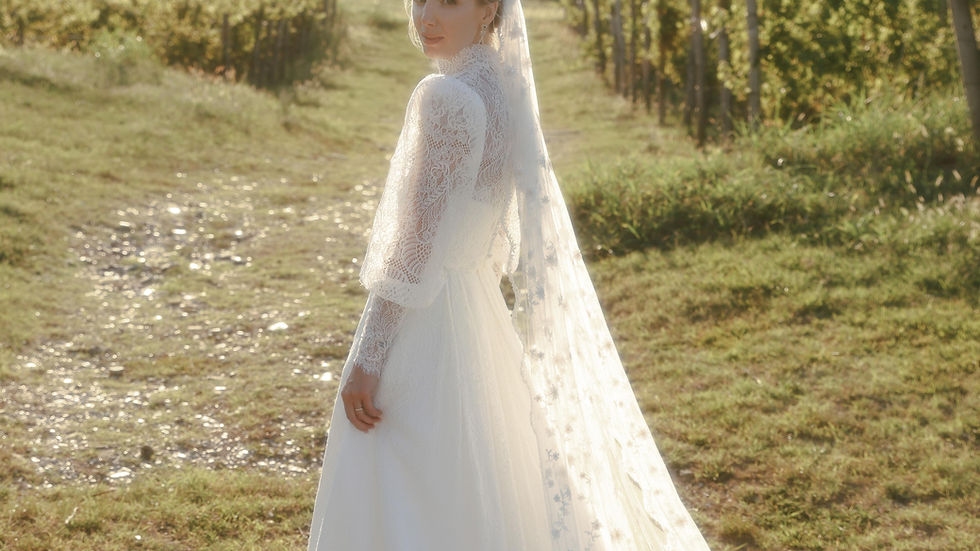
Boho Veil
Laid-back and effortlessly beautiful, boho veils are typically made from soft tulle or chiffon. They feature details like macrame or floral lace. Boho veils pair well with flowy dresses and outdoor settings, making them ideal for rustic or intimate ceremonies.
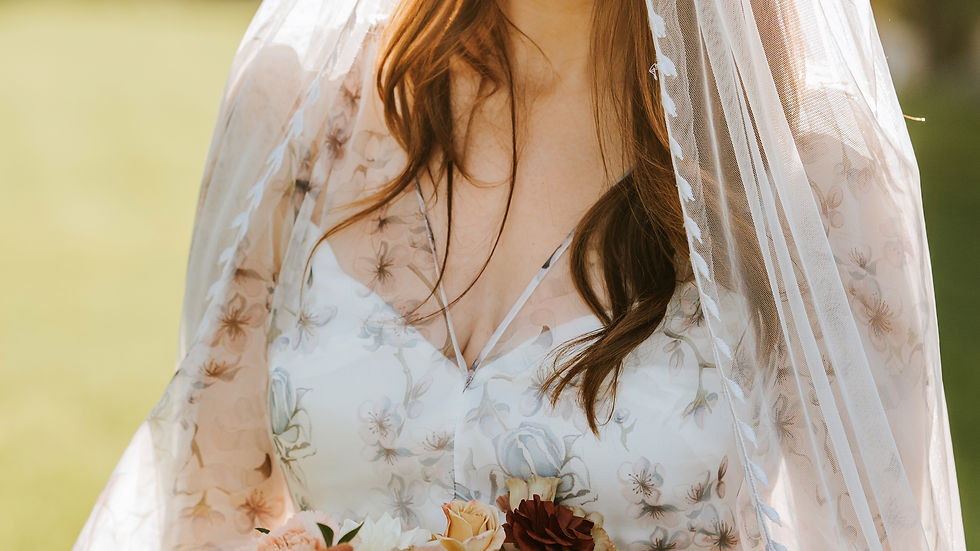
Urban / Modern Chic Veil
Urban-inspired veils fuse edgy designs with modern aesthetics. Think short birdcage styles and clean-cut mid-lengths. These are perfect for city weddings or fashion-forward brides who love a contemporary twist.

Understanding Bridal Veil Length
The second most crucial aspect is the bridal veil length. Veils come in three main lengths: short, mid-length, and long. Choosing the right length is critical for style, proportion, and comfort. The right length frames your gown and enhances your silhouette. Each length also comes with its level of handling, and trust us, they don't all play nice everywhere.
Short Length Veils
Short veils are light, flirty, and manageable. But be extra careful with proportions—they love to take flight on a breezy day.
Birdcage: Super short and chic, these frame the face beautifully. Perfect for vintage and urban brides.
Shoulder/Flyaway: Playful and breezy, brushing the shoulders. Great for modern, casual, and city weddings.
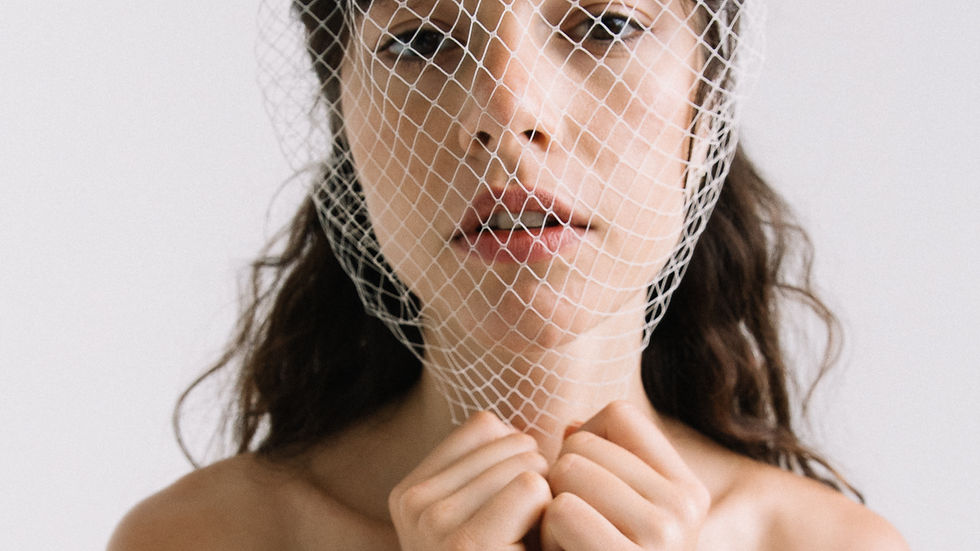
Mid-Length Veils
Mid-length veils are versatile and low-maintenance. They provide balance and softness without overwhelming your overall look:
Elbow: Elegant and practical, ending around the waist or elbows. Perfect with A-line dresses.
Fingertip: Universally flattering, it pairs beautifully with almost any gown.
Waltz/Ballet: Falls between the knee and ankle. Underrated and elegant.

Long Length Veils
Long veils embody drama and elegance, but they can be heavy and require extra care.
Floor: Just touches the ground without trailing.
Chapel: Longer and flowing, ideal for romantic weddings.
Cathedral: The ultimate in drama, suitable for grand entrances.

Bridal Veil Placement Tips
Veil placement may not be the first thing on your mind while shopping, but it's essential for comfort, security, and ensuring your hairstyle blends seamlessly with the veil.
Attachment Methods
Comb: Most veils come with a comb sewn into the fabric. It's easy to secure and works for various hairstyles. Attach any other accessories first, then place the veil.
Double Comb: Great for side-draped veils.
Bobby Pins: For lightweight styles, secure them directly with bobby pins for more freedom in placement.
Clips: Hidden under the veil, these provide security for shorter hairstyles.
Sewn into a Headband or Crown: This attaches the veil to a statement headpiece for a unified look.
Who Should Place the Veil?
Most often, your hairdresser will do it once your hair is complete. If they aren't available, a trusted friend can assist. Just make sure they understand how it should be secured. Consider sitting down for all manipulations to maintain stability. Plan for removal: Will you keep the veil on for the reception? Who assists with its removal, and can it be done without disrupting your hairstyle?
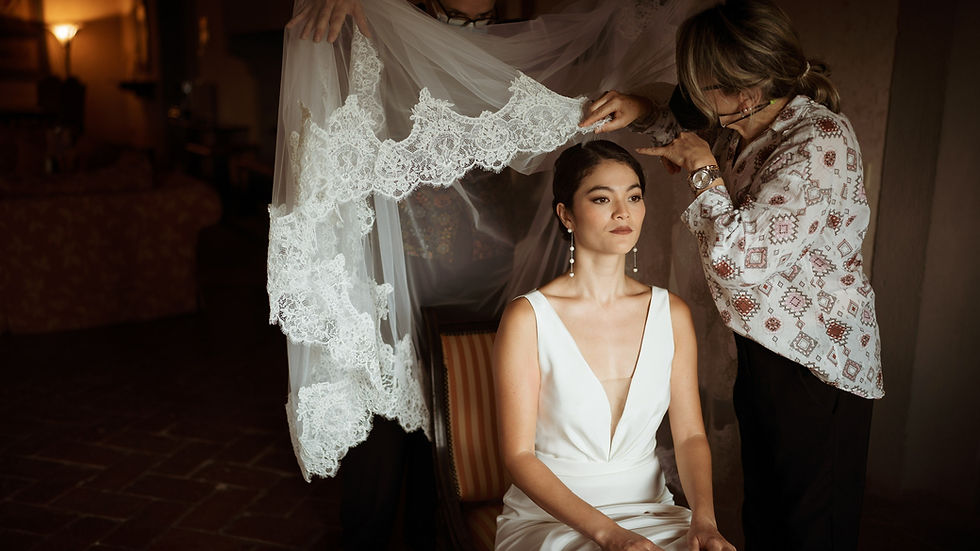
Your Veil Cheat-Sheet
Here’s a quick guide to help you make the best choice before saying yes to your veil.
Quality is essential. If your budget is limited, consider a raw-edge fingertip blusher veil; you can’t go wrong with it.
Understand your style, proportions, and dress details before choosing a veil.
Ensure your veil complements your dress without competing for attention.
Mind your venue. Long veils may cling or be impractical in certain settings.
Communicate with your vendor and stylist about the veil attachment.
Plan for removal. Designate someone to care for your veil to avoid loss or damage as you transition throughout the day.

We really hope you liked our Bridal Veil Styles, Lengths, and Placements tips. Please, comment below and follow us on Instagram @nea.milano for more bridal inspiration. Make sure you check out our bridal veil styles in our online shop.






Comments